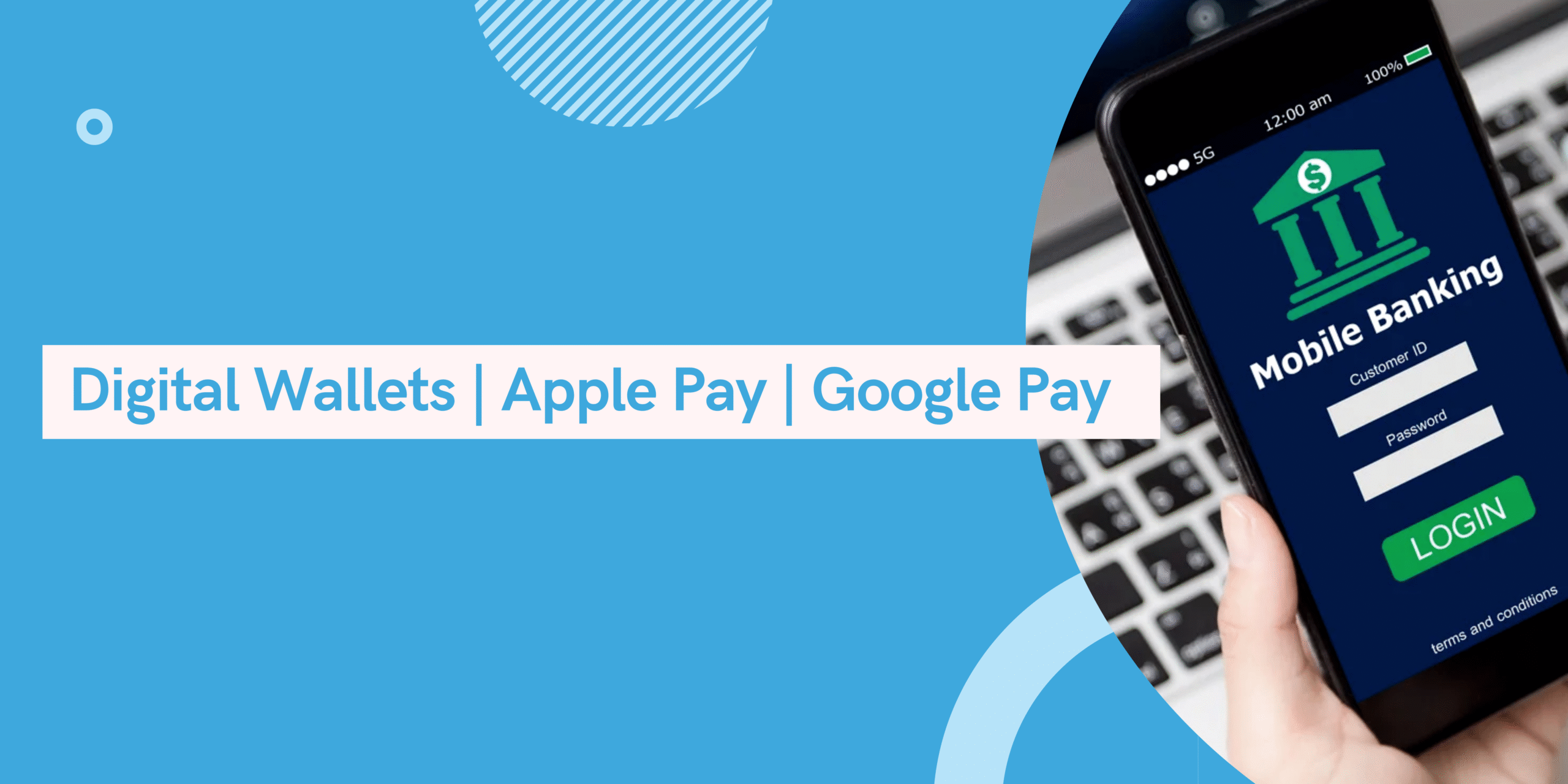The payment processing industry has undergone a whirlwind of change in recent years, driven by the surge of e-commerce, mobile adoption, and ever-evolving security threats. But what does the future hold? Buckle up, as we explore the exciting (and sometimes challenging) predictions for this dynamic landscape.
Enhanced Security for Payments:
In a world increasingly wary of data breaches, enhanced security will be paramount. Expect advancements in biometrics, tokenization, and AI-powered anomaly detection to become the norm. Blockchain technology, with its inherent transparency and immutability, could revolutionize secure transactions.
- Biometrics and Multi-Factor Authentication: Replacing passwords with fingerprint scans, facial recognition, and voice authentication will provide a more robust defense against fraud.
- Blockchain Integration: Blockchain technology’s inherent security and transparency can be leveraged for secure data storage and transaction verification.
- AI-Powered Fraud Detection: Artificial intelligence will identify suspicious patterns and prevent fraudulent transactions in real-time.
Convenience Reigns Supreme
Frictionless experiences will be king. Think one-click payments, voice-activated transactions, and streamlined checkout processes across devices. Open banking APIs will empower customers to manage finances seamlessly within trusted third-party platforms.
- Frictionless Payments: One-click payments, voice-activated transactions, and embedded payments will make buying experiences faster and more convenient.
- Open Banking APIs: Open APIs will allow third-party developers to create innovative payment solutions tailored to specific customer needs.
- Instant & Flexible Settlements: Real-time settlements will revolutionize the way businesses and individuals receive and send funds. See how PaymentVision is pioneering flexible payment options for consumers with our Settlement Offers product.
Debt Collection Gets Personal
Gone are the days of generic dunning letters. AI-powered personalization will enable tailored collection strategies based on individual circumstances and behavior. This shift towards empathy and understanding could improve recovery rates while fostering positive relationships.
- AI-Driven Collection Strategies: AI will personalize collection strategies based on individual debtors’ financial situations and behavior, improving collection rates while remaining ethical.
- Flexible Payment Options: Offering diverse payment options like installments, payment plans, and hardship solutions will improve debtor engagement and recovery.
- Behavioral Nudging: Gentle reminders and nudges based on individual behavior patterns can encourage timely payments without resorting to aggressive tactics.
Customized Payment Portals
Businesses will leverage tailored payment portals to cater to specific customer segments and industries. Imagine streamlined invoicing platforms for B2B transactions, or flexible payment options for subscription models. This customization will enhance user experience and drive loyalty.
- Industry-Specific Solutions: Payment portals will be tailored to meet the specific needs and regulations of different industries.
- Data-Driven Insights: Businesses will leverage data analytics within their payment portals to gain insights into customer spending habits and optimize their offerings.
- Seamless Integration with Existing Systems: Payment portals will integrate seamlessly with existing accounting and CRM software for a unified experience.
Analytics & Predictive Behavior Analytics
Data is the new gold. Payment processors will utilize advanced analytics to predict customer behavior, identify fraud patterns, and optimize transaction flows. Predictive analytics will go beyond simply analyzing past data, proactively identifying potential issues and suggesting solutions.
- Real-Time Transaction Monitoring: Real-time data analysis will enable proactive fraud detection and risk management.
- Predictive Maintenance: AI will predict potential issues with payment systems and suggest preventive measures, ensuring uptime and efficiency.
- Personalized Consumer Insights: Businesses can gain deeper insights into customer preferences and behavior, allowing for targeted marketing and product development.
The future looks bright for the payment processing industry. Driven by the factors mentioned above, the global market is expected to reach a staggering $3.6 trillion by 2027. Mobile wallets and real-time payments are poised for explosive growth, further fueling this expansion.
But it’s not all sunshine and rainbows:
The Challenges:
Regulatory Juggling Act: Balancing innovation with stringent data privacy regulations, like GDPR and CCPA, will be a constant struggle. Businesses will need to navigate a complex web of compliance requirements while maintaining agility and competitiveness.
The Solution:
Collaborative Compliance: Industry collaboration on standardized approaches to data privacy and security could ease the burden on individual players. Additionally, investing in compliance technologies and building a culture of data responsibility will be crucial.
Beyond these highlights, several other trends are worth mentioning:
Central Bank Digital Currencies (CBDCs): These government-backed digital currencies could disrupt traditional payment systems, necessitating adaptation from processors.
Cryptocurrency Integration: While mainstream adoption is still debated, some processors may integrate crypto options to cater to evolving customer preferences.
Rise of Super Apps: All-encompassing apps offering various services, including payments, might reshape the industry landscape.
The future of payment processing is exciting, challenging, and full of possibilities. By embracing innovation, prioritizing security, and adapting to regulations, the industry can navigate the coming years with success. Remember, these are just predictions – the true future might surprise us all!
What are your thoughts on the future of the payment processing industry? Share your predictions and concerns by visiting our LinkedIn page and joining the discussion.



